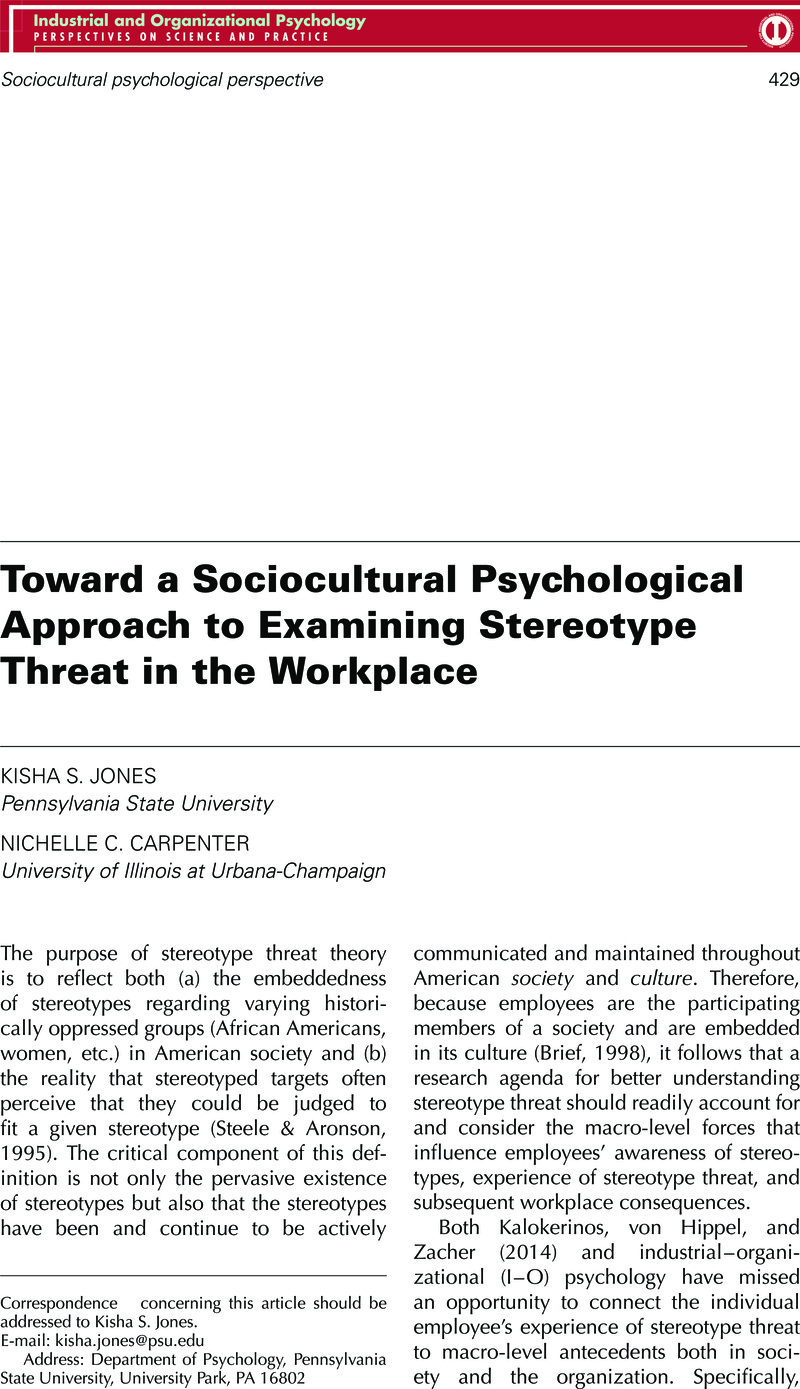Crossref Citations
This article has been cited by the following publications. This list is generated based on data provided by Crossref.
Kulik, Carol T.
Perera, Sanjeewa
and
Cregan, Christina
2016.
Engage Me: The Mature-Age Worker and Stereotype Threat.
Academy of Management Journal,
Vol. 59,
Issue. 6,
p.
2132.
Bolin, Mary K.
2023.
Refocusing Academic Libraries Through Learning and Discourse.
p.
55.
2023.
Refocusing Academic Libraries Through Learning and Discourse.
p.
119.





